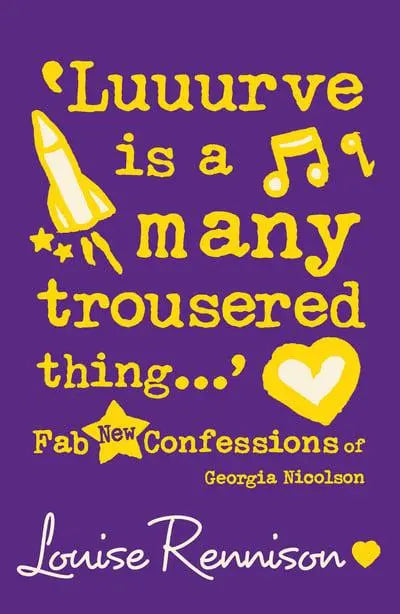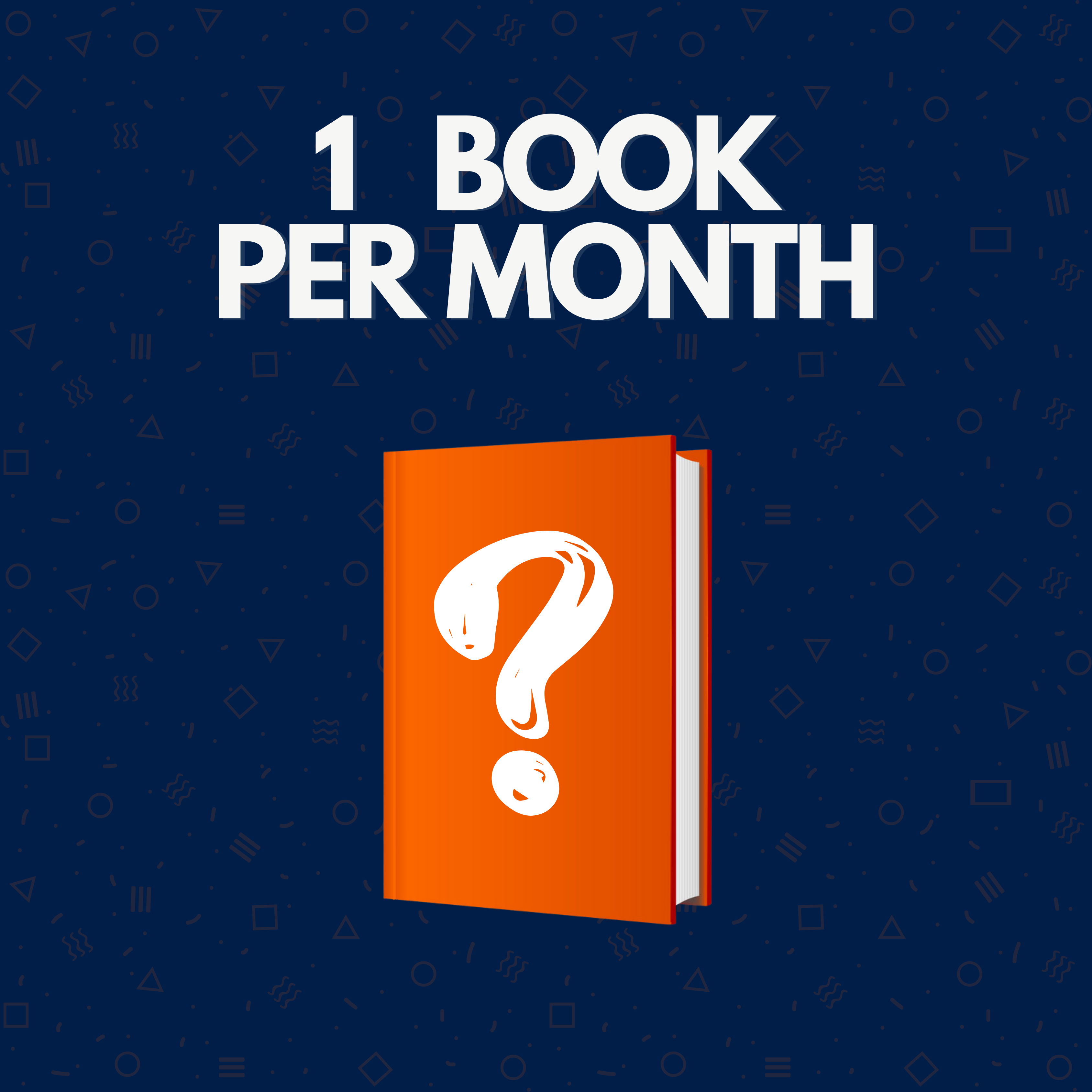The Archaeology of Reformation,1480-1580 (Society for Post-Medieval Archaeology Monograph)
Regular price
€29.95
Tax included.
1904350003
- Routledge
- 2003
- 026
Adding product to your cart
Traditionally the Reformation has been viewed as responsible for the rupture of the medieval order and the foundation of modern society. Recently historians have challenged the stereotypical model of cataclysm, and demonstrated that the religion of Tudor England was full of both continuities and adaptations of traditional liturgy, ritual and devotional practice. Monastic ruins and defaced shrines represent the material legacy of Dissolution and iconoclasm, but can archaeology contribute more to our knowledge of cultural change than simply a record of destruction? Can archaeology reveal the diversity of popular responses to the Reformation? In contrast to the written record, archaeology has the potential to tell us more about attitudes to the new liturgy on the ground, both within the elite and amongst the wider population.
This volume contains contributions given at the Archaeology of Reformation conference, which was hosted jointly by the Societies for Medieval and Post-Medieval Archaeology. Papers are spread across five themes: public worship and iconoclasm, private devotion and material culture, Dissolution landscapes and secular power, corporate charity and Reformation, and burial and commemoration. The essays discuss the extent to which the study of buildings, graveyards, funerary monuments and domestic artefacts can enhance our understanding of the religious, social and cultural changes generated by the Reformation. Case-studies from Scandinavia and western Europe provide an international perspective to the study of the British experience.
-
Adele Faber, Elaine Mazlish, Lisa Nyberg, Rosalyn Anstine Templeton"How to Talk So Kids Can Learn" At Home and in€3.95
-
-
-
-
-
-
-
-
-

The Archaeology of Reformation,1480-1580 (Society for Post-Medieval Archaeology Monograph)
Regular price
€29.95










